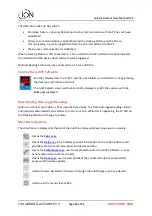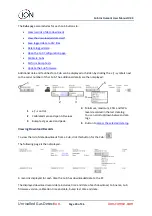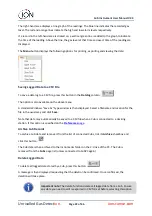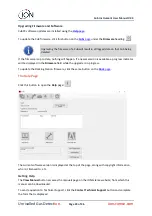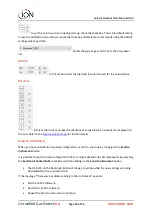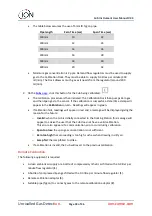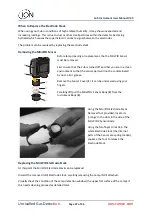
Cub Instrument User Manual V2.4
Unrivalled Gas Detect
ion.
Page 31 of 46
ionscience.com
•
If your PC still fails to write to your Cub seek advice from your distributor or from Ion Science
Ltd.
To save a configuration file for future use, select the
Save To File
button. Please note that the
instrument name and time and date settings are not saved. To recover a saved configuration file so
that it may be sent to a Cub(s), select the
Load From File
button and then
Send to Instrument
.
7.
Calibration
Calibration Facility
ION Science Ltd offers a calibration service including the issue of certification confirming calibration
with equipment traceable to national standards. A calibration kit is available from your distributor,
service centre, or from the ION Science website:
https://www.ionscience.com/products/calibration-kit/
ION Science Ltd recommends annual return of all instruments for yearly service and calibration.
Calibration Overview
The Cub is calibrated at ION Science after manufacture; please note that subsequent calibration will
overwrite the factory calibration. Cub instruments leave ION Science Ltd pre-set for gas type
Isobutylene. Instruments are factory calibrated against isobutylene and all response factors are
equivalent to this.
Due to the linear output of the ION Science PID detector, a two-point calibration is used. Cub scales
its linear output across a ZERO level (clean air reference) and the SPAN 1 user defined gas
concentration.
A Cub can be calibrated either by connecting it to a Calibration type Cub Doc, or remotely using a
remote calibration adaptor.
Cub Calibration Settings
Before calibrating a Cub, first set up the parameters on the
From the drop-down list, select the gas that the Cub is calibrated for.
To set the span that the Cub is calibrated for, enter the concentration in ppm in the
Span
field.


